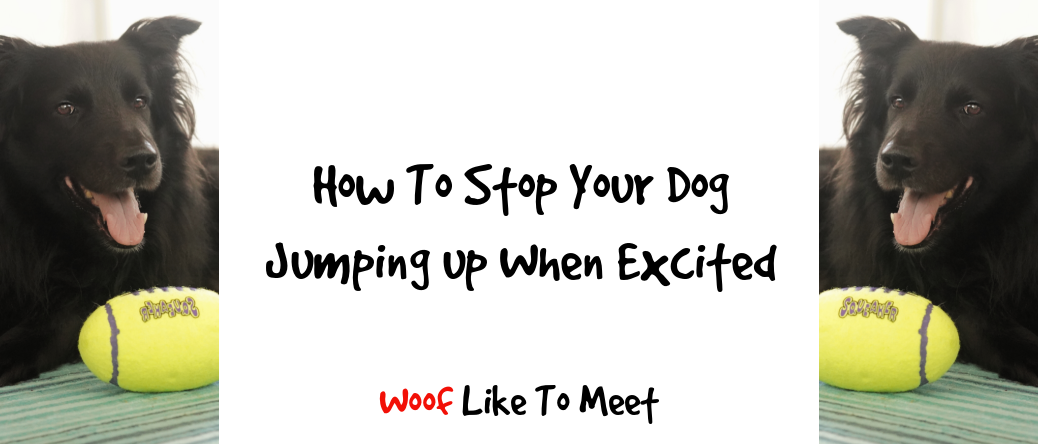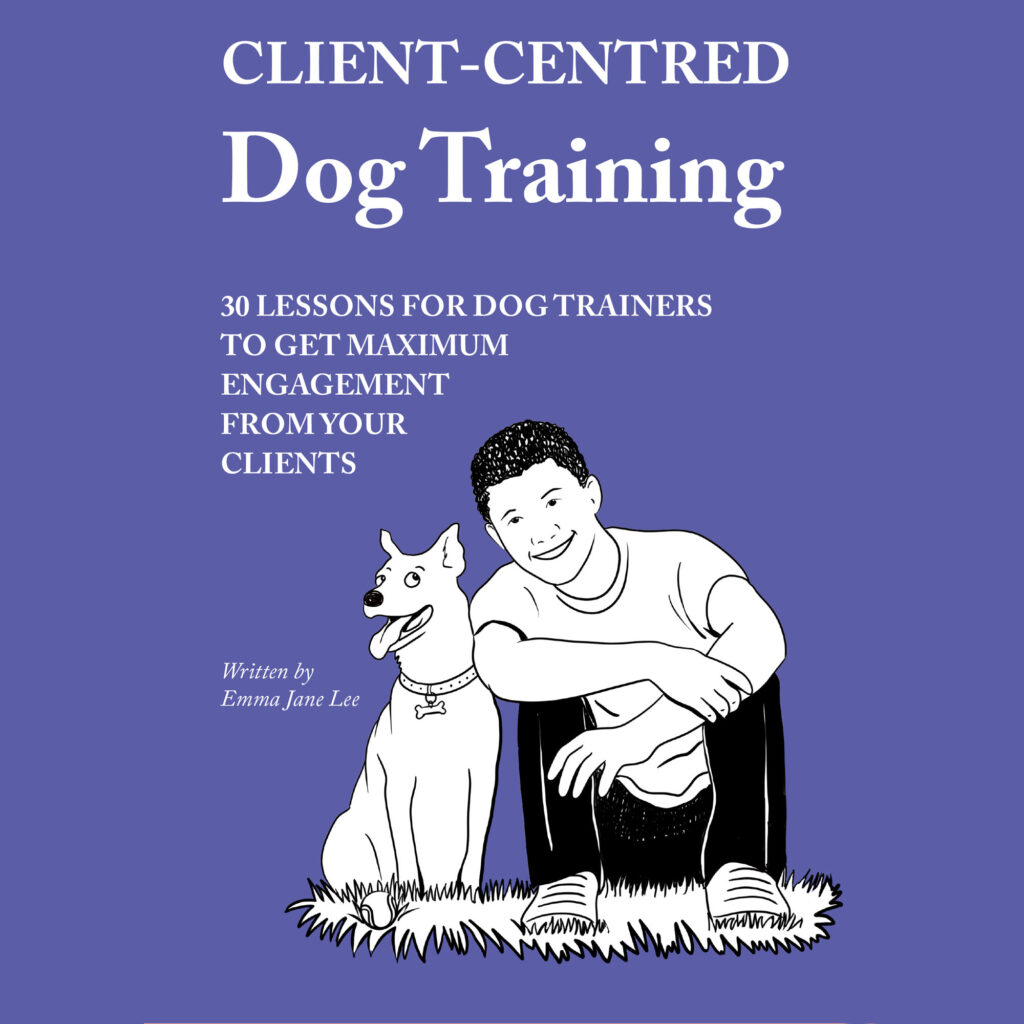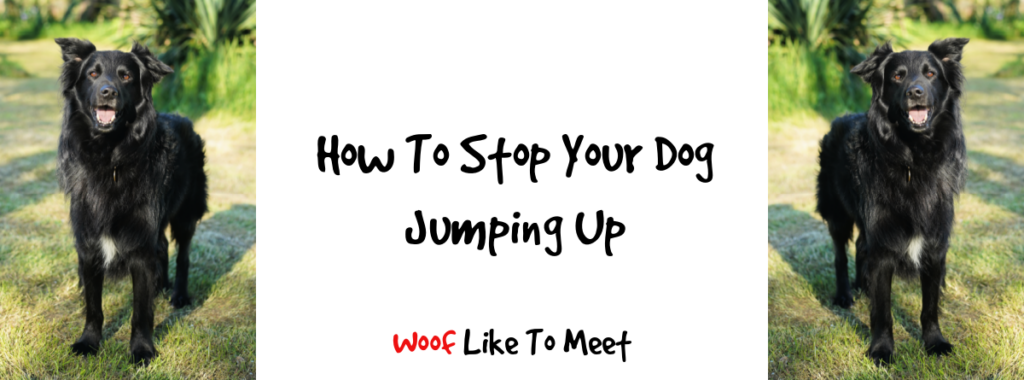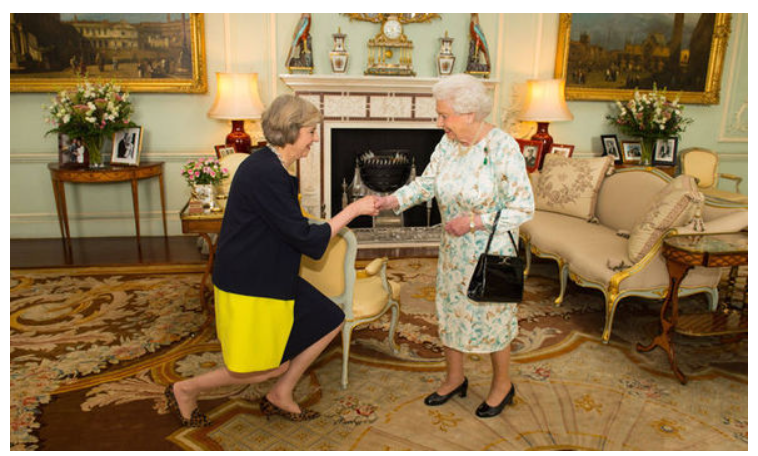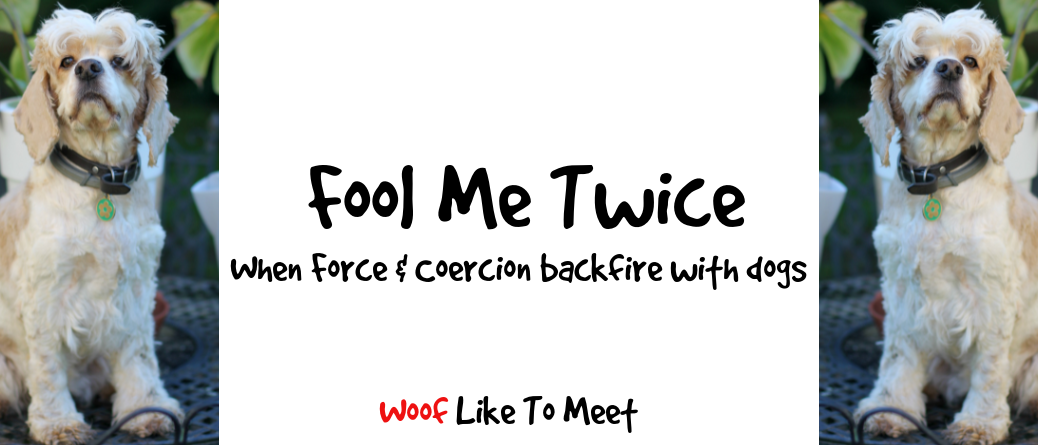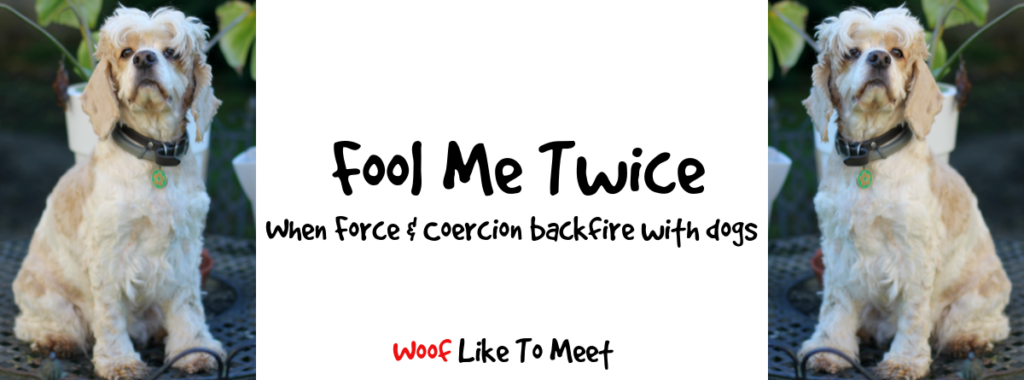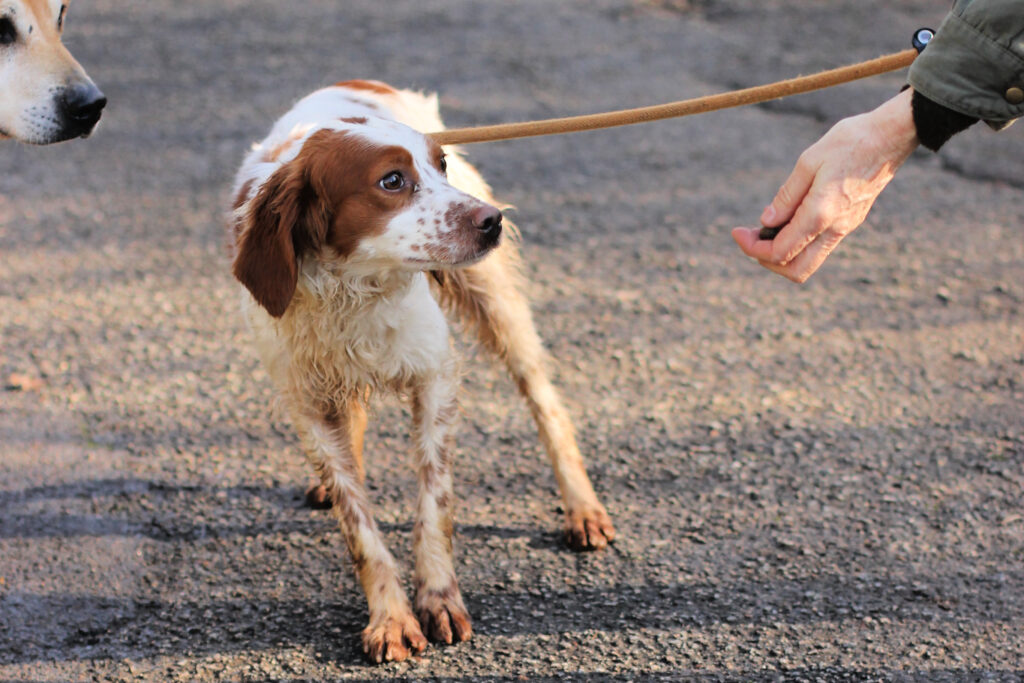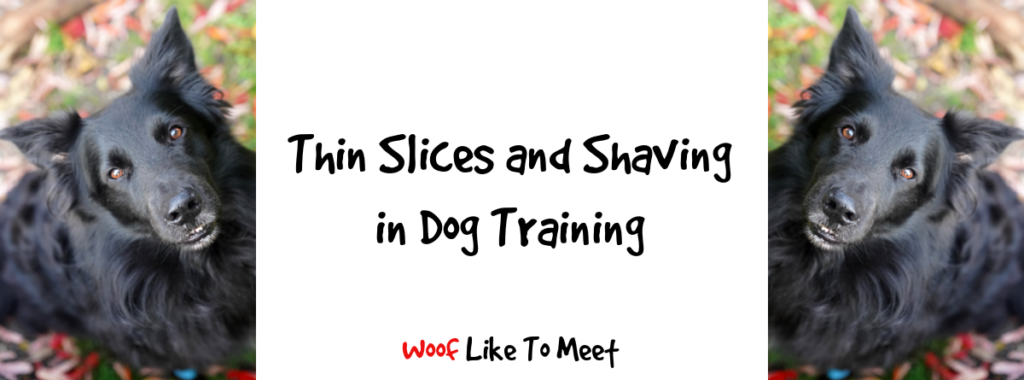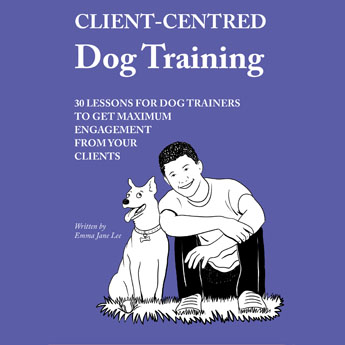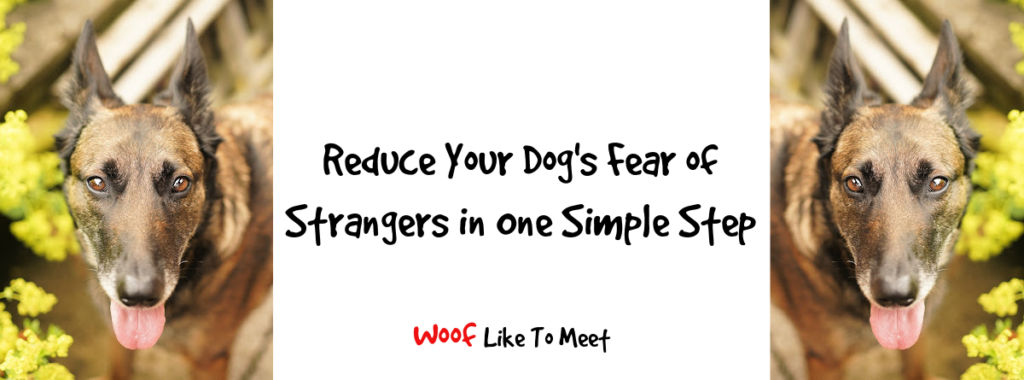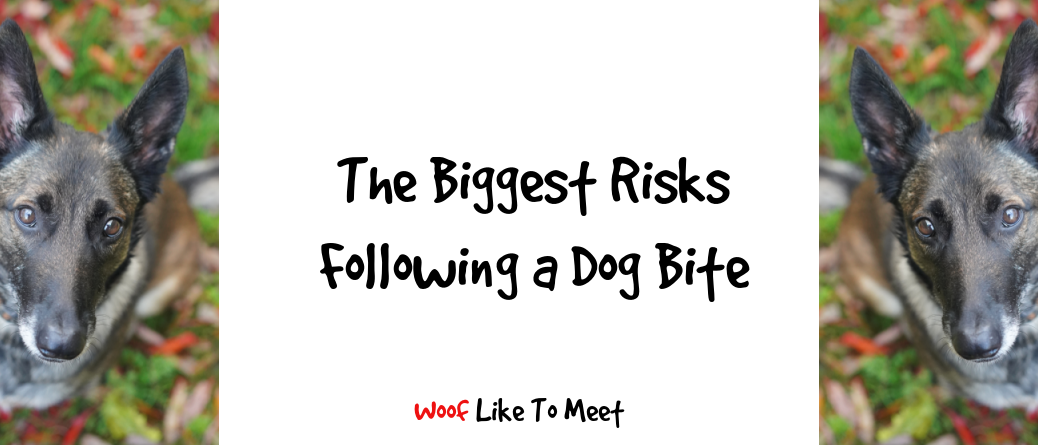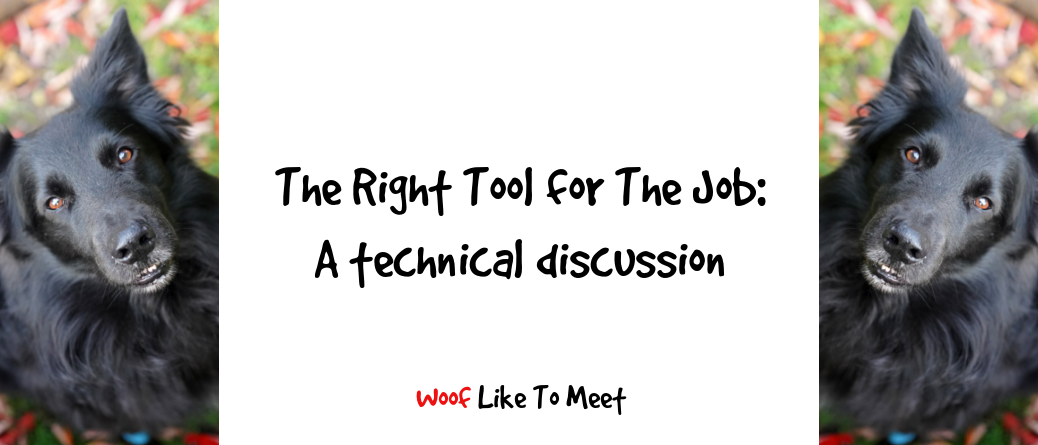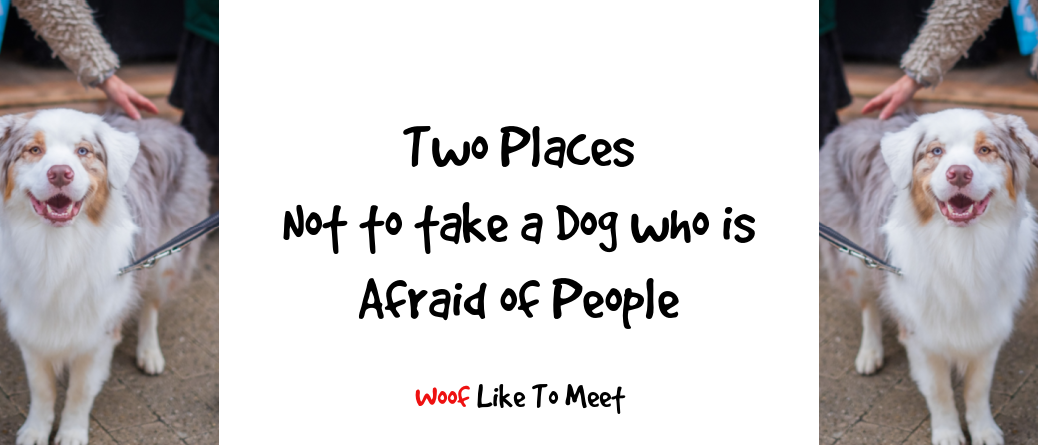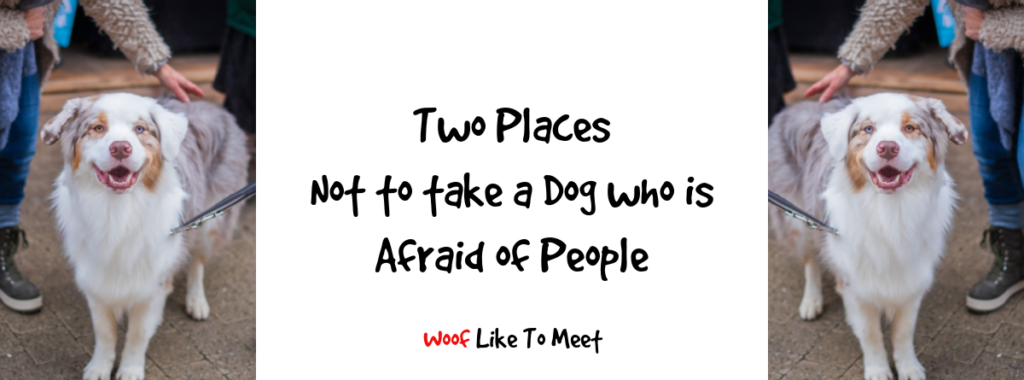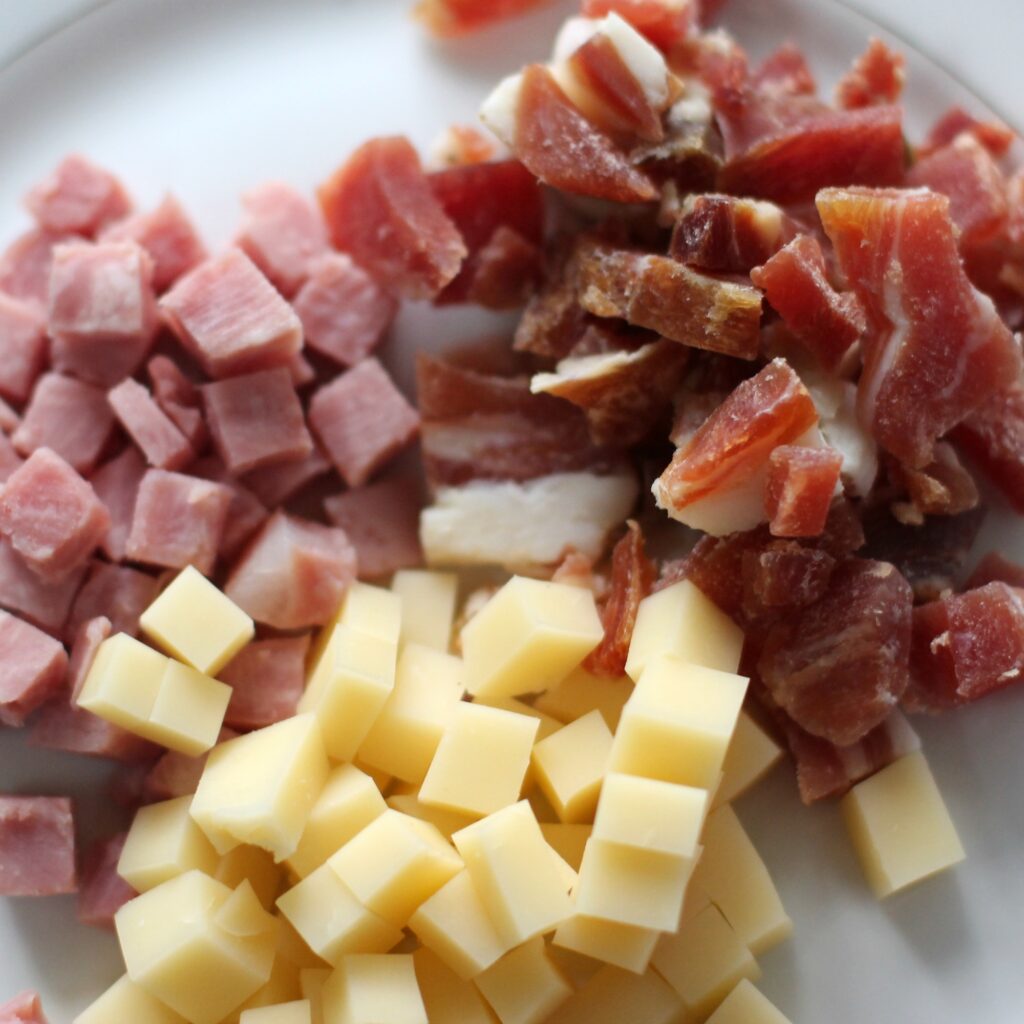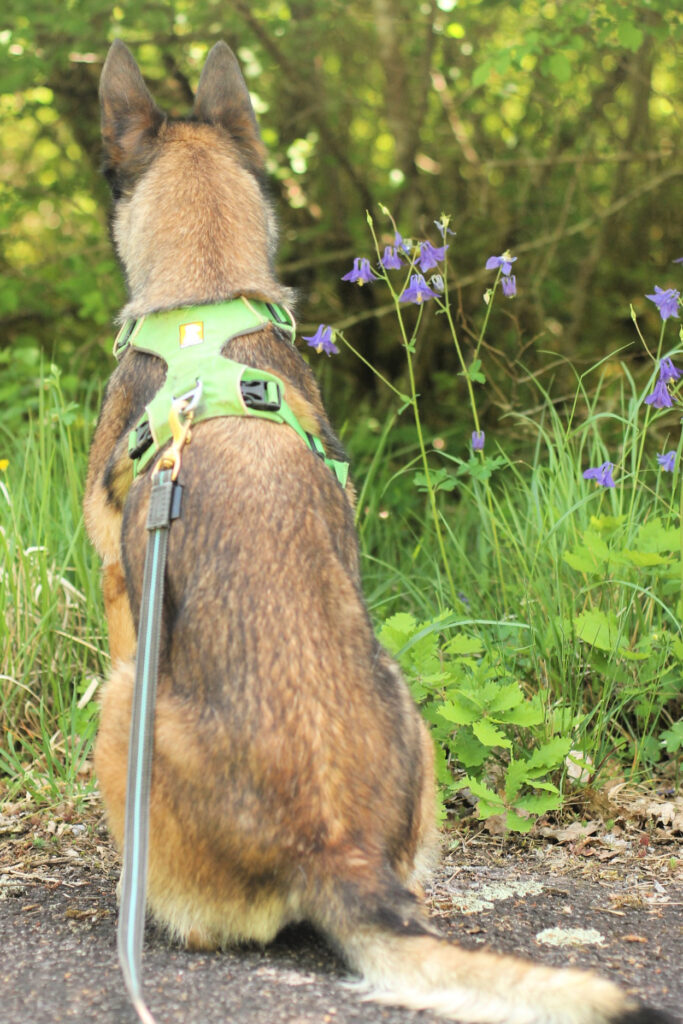Previously, I explored ways you could teach your dog new ways to greet you that didn’t involve dislodging contact lenses, kicking you in the kidneys or having 40kg of fur knocking you over. We looked at the reasons why dogs might jump up when greeting in the last post, focusing on how you can manage and modify this behaviour. Today, it’s the turn of jumping up for excitement.
If you’ve got a dog whose jumping up is a problem, your first job is to rule out greeting behaviour, as the majority of dogs I see who are jumping up are only doing so in a problematic way when they greet someone.
When you’ve ruled out jumping up in greeting, it’s then time to look at jumping up when overaroused or excited.
In many ways, jumping up for excitement is one behaviour we often find a nuisance in combination with a number of other behaviours which serve the same purpose. Those behaviours include excitement barking, circling, spinning and nipping. As you can probably guess from the name, excitement barking is different than alert barking, and it won’t be as easily resolved with a handful of treats and a bit of reassurance that your dog is the greatest guard dog ever. In a way, it’s a bit of an error to separate these behaviours from greeting behaviours that we might consider a nuisance: often that behaviour can be driven by excitement too.
When dogs are excited, we’re likely to see an increase in all kinds of behaviour, including ones that are noisy or a bit of a nuisance. They just behave more. They might pace. They might pant. They might whine. They might start grimacing. Lipsticks might appear where previously there were no lipsticks on view. They might nip. They move more.
Conversely, they find static behaviours and noiseless behaviours to be something of a challenge. Asking an excited dog for a sit is likely to end up as a fail, simply because the rational, controlled brain isn’t driving the dog at that time. Asking them to be calm or go to their mat, to lie down, to wait or to control themselves is likely to turn into a fail too. The sad thing about this is that there are hundreds of guardians asking for these behaviours. Asking for a sit when your dog is excited is destined to failure, not least because it’s an unpleasant thing to do in that moment. If I had one wish, it’s that we’d stop expecting our dogs to be still all the time.
The usual outcome of asking for calm or stillness is that we end up being cross because our dogs have ‘forgotten’ their training. We end up frustrated with them. We end up embarrassed by them. We try teaching them to be calm. Trying to get our a-rational dogs to be rational brings out the a-rational in us too.
Truth be told, this makes me a little sad. I love that ridiculous things make my dogs giddy. Lidy rhymes with giddy (if you were wondering!) and she is Giddy Lidy with good cause; I love that Heston, despite all his aches and pains, gets excited before walks. Every single time I see a post on social media about calming our dogs down, teaching calm, teaching settle, teaching them to Be Less Dog, a part of me dies inside. You know how, in Peter Pan, a fairy dies every time you say you don’t believe in fairies, in my head, puppies die every time people say ‘the dog just needs to be taught to be calm and to settle.’
I love that they have that kind of Christmas-Eve-meets-Snow-Day enthusiasm for ridiculous little things. We just went outside for two minutes and mine were like Best Day Ever! We were literally on the deck with a fur removing glove and a brush. I went in the kitchen and they were like Christmas Dinner With ALL The Trimmings. I picked up my car keys and they were like ROAD TRIP, YEEEEESSSSSSSSSSSSSS!!! ALL THE ROAD TRIPS to ALL THE BEST PLACES!
That brings me to my first solution to jumping up for excitement: take off those great big, dull, grown-up, boring human-centric goggles you’ve got on and celebrate your dogs’ joy. If you can live with it and it’s harming neither you nor your dog, live with it! Celebrate it! Find more joy.
Let me let you into a secret… I work, write or conference for an hour. Then we celebrate for five minutes. We dance. We throw toys. We go out and shout at the wind. We get goodies. We play. I ask them to spin, twist, middle, jump, leapfrog me and pogo off me. Then I go do some more stuff that will pay bills. Another secret… all the behaviours I ask for are so much fun to do that my dogs only want paying with social contact. How mad is that?! And how cheap?!
Enjoy their joy. Live vicariously. Share it. Make it contagious. If it’s not harming them in doing it and it’s not harming you, a little jumping up when we get our food bowl is not the end of the world.
Lidy jumps up two times during the day. One is when I get our breakfast. She’s all Whoo Hoo with hers and I’m all Boo Hoo with mine. Perhaps I need to be thinking about how I can make my breakfast Whoo Hoo and not Boo Hoo. I suspect this may involve Haribo Sours and a lot of Sherbet so I’m going to refrain on the grounds that it would cause some kind of minor humanitarian crisis around me. But Lidy’s little jump for joy is not offensive to anyone at all.
The other time is when we go out for a walk. Having tried to make sure she is well secured before we go out of the front door, I ended up almost being dragged down the steps. For the sake of my back, I put a bucket of toys at the top of our steps and I make sure the gate is well locked. She’s safe. She picks up a toy and shakes it, tossing it about in the air, delighted with our daily walk. I tie my shoelaces without being headbutted, lock the door without being headbutted, walk down the steps without being pulled onto my arse and we all find equilibrium by the gate.
So your first job, if it’s not offensive or harmful, is to live with it. Change your understanding and your problem is no longer a problem. The best thing about this solution is that it involves doing absolutely nothing at all other than changing your mindset.
But if the jumping up is dangerous to you or your dog, then you can change that too. There’s two aspects to consider. The first is management. The second is working on how they handle frustration and how they control their impulses.
Unlike jumping on guests, there really aren’t consequences for excitement. Racing round your house like a maniac on Christmas Eve does not make Christmas Day come faster. Fixating on snow falling outside your classroom does not make break-time happen quicker. If I don’t put Lidy’s bowl down, she’ll jump some more, but it’s not controlled by consequences.
This excited or frustrated behaviour is controlled by what comes before, not what comes after.
It’s the realm of Pavlov and Watson, not the realm of Skinner. You see snow and then you get excited. You put out mince pies and then you get excited. You get out the dog leads and then your dogs get excited.
We might even anticipate these events (which can make them both more frustrating and more exciting) if the sky looks solid grey… maybe there’ll be snow… if it’s December 23rd… Christmas is soon… if it’s 7am…. we must be going out for a walk soon.
The excitement might stop once it turns from anticipation into participation. Frustration turns to satiation. We might stop feeling as excited when we open our presents or when we’ve seen all our relatives or we’ve eaten our dinner. We might stop being Snow Day giddy when we’ve played out until we have frostbite and we’ve lost nine pairs of mittens. We might stop being excited once we’ve been out for a walk.
In other words, we might see less behaviour when our anticipation has been satiated, but we’re not excited because it makes stuff happen.
Excitement belongs with anxiety in all honesty, not with learned behaviours like ‘sit’. Literally nobody had to teach a dog to be excited. Can you worsen it with social contagion? Sure! Come to a shelter at walk time or meal time and I’ll show you. But the behaviour we see with excitement is just a coping mechanism for dealing with the frustration of anticipation.
Like with jumping up in greeting, jumping up from over-excitement can be managed. Putting in safety features is one way of doing that. Since Lidy jumps up before walks, making sure my gate is really secure (and checking it out of the window before I open the door) is one way of managing the situation. If your dog jumps up for food and you have laminate floor, put in some rubberised matting or a non-slip rug. Put in baby gates. These don’t stop the dog from jumping up. They just mean the dog can jump up in safety.
You can also manage it by breaking the chain between what’s exciting and being excited. For instance, if I pick my keys up, my dogs will go nuts. If I want them not to go nuts I need to understand that they’ve become sensitised to the keys, that this is a Pavlovian conditioning process and that desensitising them to it would be to repeatedly pick up my keys in a gradual, slow, controlled way. In other words, I’m not picking them up, dangling them in front of my dogs, dancing and going ‘Whoo hoo! I’m going for a ride without you!’
I’m going to leave them on a side table and pick them up for a millisecond. Then again. Then again. Then again. Et cetera.
That’s all desensitisation is. A planned, systematic, gradual programme of exposure paired up with a feeling of calm. Ta-dah.
If I want Lidy not to jump up for her bowl, I’m going to start by having that bowl around me and reaching for it time and time again. She should never react.
The problem is that these pairings and associations are difficult to extinguish and easy to resurrect. In other words, once your dog knows that bowls mean dinner, well, good luck. It’s the same with hoping your kids don’t come to recognise the Golden Arches of McDonalds and associate that with Happy Meals. Good luck breaking that chain, she says, from experience. Hard to break that association and easy to resurrect.
Another way to manage the situation is to give your dog something to do instead. I’d claim credit for this, but Heston taught me rather than the other way around. He barks, rather than jumping, when excited. Given the state of his hips, that makes sense that he might always have found barking easier and more productive than jumping for joy. But the principle is the same. If you want the science terms, it’s a behavioural response class. Actually, I don’t even know about that, since response classes have the same effect on the environment. Excitement has zero effect on the environment. Anyway, he found a behaviour that provided the same relief, a coping mechanism. Instead of barking when he is excited, he grabs a toy and squeaks it. Lidy needed a little encouragement to pick up her toys and run round with them instead of jumping up, but now she grabs a toy and takes all that frustration and excitement out on the toy instead of out on her joints. All I had to do was provide the toys and make sure they’re easily accessible. Everybody’s needs get met, nobody gets head-butted and everyone is happy.
So that’s another strategy: provide access to other ways the dog can manage their excitement.
A fourth strategy is to give them something purposeful to do while you do the thing that’s inevitably frustrating them. If they can’t cope with the inordinate amount of time you take in preparing their breakfast, you’ve got two ways to handle this: either you can do stuff faster or you can occupy them while you do it. I’ve never found doing things faster to work. I take the dogs out pretty much as soon as I go out, and I’m damned if I can go from 1 to 500 like they can. I’d have to sleep in my clothes with my hair at least semi-presentable, with my contact lenses in and with a toothbrush in my mouth. Even then, if I didn’t go to the toilet, I’d probably end up having an accident at the first sight of a cat or a sheep or something. Minimum time from rising to leaving for me is at least ten minutes. That’s a long time for dogs to get themselves wound up. How do they cope with this? Lidy normally beats Heston around the head a few times in her primitive attempts to play, and he tries to ignore her.
If that’s an overly long time (it is, for them) and you can’t cope with your dog’s attempts to cope and occupy themselves before what is unarguably the highlight of their day, then you might want to provide some kind of alternative.
Now, I didn’t find scatter feeding – or any kind of food to be honest – to be useful with dogs who want to greet you, but scatter feeding and a bit of occupation, even dynamic trick training, can be a wonderful mechanism to help your dogs cope with the frustration of waiting for you.
If you’ve got an over excited dog, a bit of scentwork or scatter feeding can be wonderful. Just as a word of warning: it does have to be that magical ‘Goldilocks’ level. Not too challenging and not too easy. Too easy and it won’t occupy your dog long enough. Too challenging and they’ll just give up.
To occupy Heston, I just have to hide a ball the night before and tell him to find his ball.
To occupy Lidy, I just have to randomly shout out fun cues like ‘spin!… middle!… crawl!… stretch!… ‘ and that stops her punching my poor boy in the face.
Find something that’s right for your dog and occupy them.
Some dogs will occupy themselves if you give them the means. Others are going to need more interactive occupation. Now would be a really good time to use a Pet Tutor automatic treat dispenser, for example. Or two. If you can’t keep your dog busy because you’re doing things, there are machines that can take up the slack. You can set the reinforcement sequence to a variable rate but fairly frequently and it just might keep your dog busy while you put your mascara on. I would say, though, if you’re putting mascara on, I’m kind of with your dog on the frustration side of things…
All these strategies either help the dog cope, help the dog and you be safe or help keep the dog busy. They take a little bit of time to set up and then you’re gold.
Finally, you can (and, arguably, should) teach dogs to cope with frustration. A dog who has to be managed all the time is hard work. It doesn’t teach them that sometimes there’s a delay in getting what they want. If your dog’s behaviour is dangerous, then you may also want to add on some modification. I’m a huge fan of teaching parameters and also using graduated enrichment activities to build frustration tolerance. No dog ever tolerated frustration like my cocker spaniel with her Nose It toy. One treat once took her two hours to get out. That’s tenacity and also tolerance. Many dogs would walk away after a second or two, including my boy Heston. That level of cocker tenacity doesn’t come naturally, however. Building in tougher and tougher challenges through food toys and games or scent work can really help your dog extend their patience through successive approximations that get there without causing frustration. How do you get a dog to spend two hours searching for one treat? You start by getting a dog who can spend 10 seconds searching for one treat. And how do you get that? Starting with a dog who can spend 1 second searching for a treat. Beside teaching them to control their impulses, how to wait and how to cope with having their needs temporarily thwarted is a good way to make sure your dog can cope in a life that offers many frustrations.
If you learn to live with what’s acceptable, adjusting your requirements for perfect control at all moments, set up the environment to help the dog out, give the dog something to do and teach them how to cope with frustration as well as manage their impulses, you should find that you’ve successfully stopped your dog from all but the odd jack-in-a-box moment.
Next week: setting your dog up to succeed

